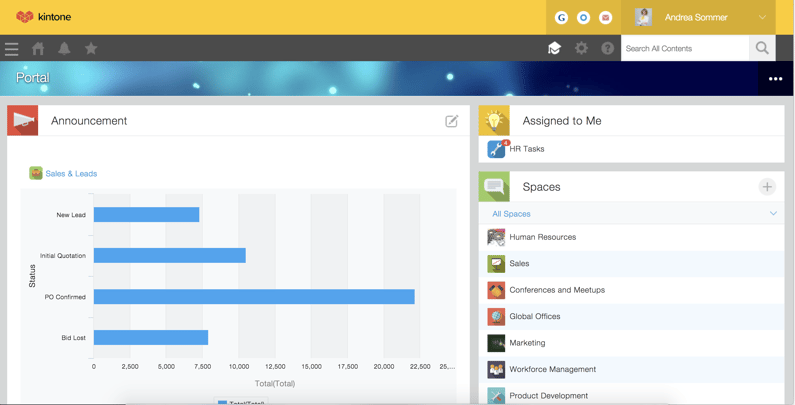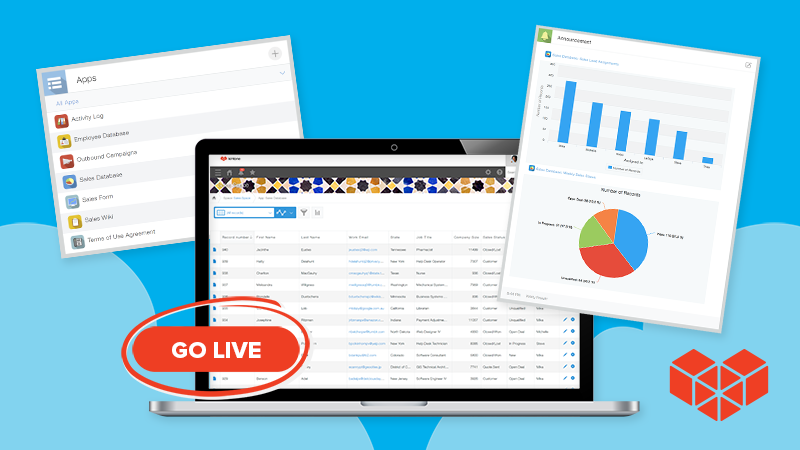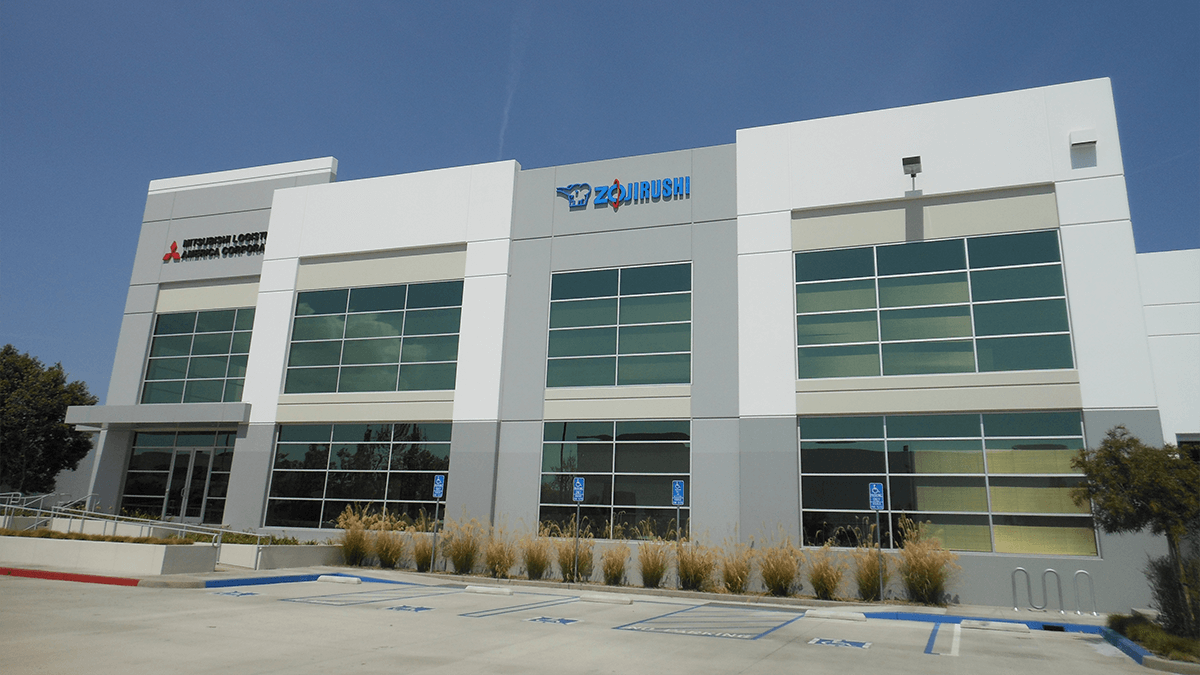My professional life is a culmination of my passions. I work for an alternative school called Alternative Youth Activities (AYA) as a teacher, data manager, and data analyst.
Most of our youth have limited resources because they’re in the low socio-economic bracket. We provide food, education, and assist students with a high school diploma (GED) program. We also support online students who work entirely from home, students who come to our main site (we have four), and hybrid students who do both. As you can tell, there's a lot of plates spinning in our education department.
These days at AYA, data is on the top of our mind. We're currently in the middle of our accreditation process, which happens every five years. A team of three auditors walk through the schools, talking to the students, staff, and parents, and ask us to show them how we’re tracking our data.
The accreditation allows us to give high school credits to our students. It also means anyone else who is accredited through this organization has to accept those credits. This is crucial since we want our students to be successful when they move onto the next chapter of their lives.
Our data needs to be accurate, clear, and comprehensive so we can track our students’ advancements in coursework and attendance, as well as their overall GED progress. It also needs to show the impact AYA has in our area.
This data is able to prove to grantors and other funders that our organization is viable for our area. It shows we’re making progress with our students. We're either getting them jobs or diplomas and GEDs.
But, perhaps most importantly, the numbers allow us to be better at our jobs. We can see if one of our students is struggling in a particular area so that we can help. The numbers don’t tell us the whole story—just the symptom. The rest is on us.
In the Dark
When I first joined AYA, we didn’t have a proper system to track the information we needed. We had Google and Excel spreadsheets with fifteen different copies of one document. Paper trails that led to nowhere. AYA wasn’t measuring a lot of data; they were only tracking specific things through Odysseyware, the program students used online for their schooling. That platform is decent for reporting student progress, but it doesn't give the whole picture of attendance and work success. It simply wasn’t good enough for our needs.
Our current array of solutions and workarounds clearly weren’t cutting it. But there was a platform I had worked with in the past that I knew would be the answer to our prayers: Kintone. I’d used Kintone as an intern for another NPO and loved everything about it. The flexibility of the platform had allowed me to create essentially any app I could dream of—all without coding.
Introducing Kintone at AYA happened somewhat serendipitously. I was off to a Kintone conference and explained the platform to my boss and how I’d used it in the past. I wasn’t trying to sell the software—I was just a fan. But he loved everything I was saying and quickly saw the value that Kintone could bring to AYA. He was on board.
When we first started out with Kintone, we had a free trial account and set up the student transcript tracking. I easily created an app using the platform’s drag-and-drop feature. I made the forms and then my boss would tell me what changes needed to be made. With Kintone, this was a breeze. The platform allows us to live edit our templates, data, and fields easily. I haven’t found any other database that allows us to do have control over the data like Kintone.
The Proper Insights
The level of data we’re now able to track is outstanding. We can see the number of hours students are working at their job and the time they spend at community meetings and with partners. We’re also able to gather more sophisticated data to track transcripts to see if Student A needs X number of credits to get their diploma, for example. Now, AYA is able to effectively see the data we need for our accreditation and endless amounts more. This is a level of insight into our students’ lives we never thought was attainable with such ease.

This level of data also lets us know when we need to check in with students. For example, I had one online-only student who had consistently dedicated about 20 hours a week for school. But then, for about three weeks, things started to taper down. Twenty hours became thirteen hours, which turned into seven, and then five. Because I had this data, I was able to call the student and see what was going on. I was relieved to find out they were moving and changed jobs—all at the same time. But that could have been a much more serious situation. And prior to us properly tracking this information, I’d never been able to get the insights to check on student progress and intervene when necessary.
We’ve also implemented a task management system in Kintone, so specific users are assigned tasks and can respond to them effectively. And we even have student profiles so when one teacher needs to get ahold of the other, they can just click on Kintone, get their phone number, and call them up instead of trying to rummage through the student files. These are just a few examples of the flexibility that Kintone has provided AYA.
The Age of Collaboration—Not Competition
Now that we have the data collection for recertification down, we’re looking outward. We’re working on an interagency database. We have a homeless situation in our area and when a person is in need of services, they go to one organization where they have to fill out a 10-page form. Then, they go to another organization for a different service and they have to fill out another form. It goes on and on.
But what if they had only one form to fill out so all the agencies that serve the homeless population could access that information? Both the individual and the agencies save time and energy, and the agencies can see the data and point them to their next step seamlessly. For example, if someone is missing their driver’s license, birth certificate, and social security card, they don’t have to run around the area looking for the correct office. This database will speed up the services and stop the rat race.
If we’ve found a way to improve the wheel, then why should everyone else have to reinvent it?
When we're successful with our interagency database solution, it can be replicated in every city and state, nationwide, and possibly in every country. And with every community being so complex and unique, we need a solution like Kintone to help us be agile.
Kintone has the ability to create spaces—little pockets of your entire subdomain that other users can access. You can have one major space where all the common information lives, and then you can have each individual organization. Plus, Kintone has security measures that keep the data protected so it doesn’t fall into the wrong hands.
On top of the feature benefits for NPOs, the cost of implementing this system is mind-blowing. For nonprofits, a custom database can typically run you thousands of dollars. Kintone is $300 for one license, and you can have 50 users from 50 different organizations.
Kintone actually wants to develop a self-help community for nonprofits. And because I’m such a huge fan of the platform, I wanted to join forces with them. I’m now in a consulting role to develop a community of developers from NPOs who can keep each other from reinventing the wheel. When somebody finds a gold nugget of knowledge, they can share the wealth with everyone else.
Now that we’ve invented the better wheel, it’s time to get rolling.











